Search
Showing 1 - 14 of 14 results
 Document
Document
UCSF MD Link: Web-Based Communication Portal for Physicians
Our web portal allows referring physicians to securely access their patients’ entire electronic health record, make online referral requests and communicate with our physicians directly and securely.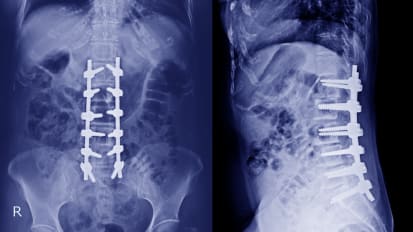 Video
Video
Healthcare Reform Spine Surgery: Decision Making Stakeholders Perspectives and Moral Hazard
In this lecture Sigurd Berven, MD, discusses the decision making in complex spinal surgery and how to make informed decisions for the patients, to help them receive the outcomes they are expecting.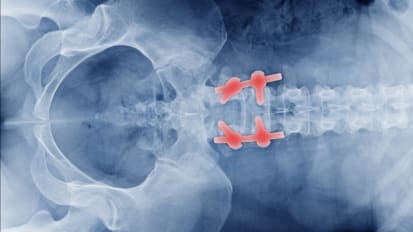 Video
Video
Complex Spine Surgery: Secrets of Successful Closure
Dr. Scott Hansen discusses techniques, options and strategies to stabilize soft tissues and prevent post-op wound complications, even in the most challenging cases.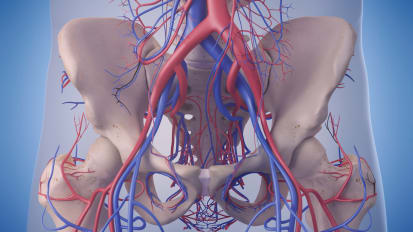 Video
Video
Optimize Spinal Surgery Outcomes Through Teamwork
Vascular surgeon Dr. Charles Eichler discusses UCSF’s success with including vascular surgeons in lumbar fusion procedures and finding the least invasive approach for each patient. Document
Document
2019-20 Referral Services Guide
UCSF Health is recognized throughout the world for innovative treatments, advanced technology, collaboration among clinicians and scientists, and a highly compassionate team of patient care providers.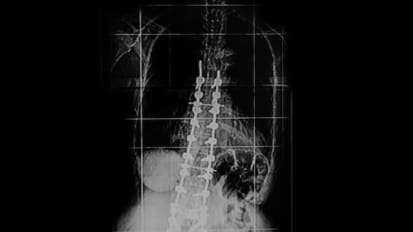 Video
Video
Considerations for Deformity Surgery in the Young Adult
In this presentation Lionel N. Metz, MD, will discuss considerations for the young adult deformity patient, case examples, common pitfalls and modes of failure, and causes of pain after adult reconstruction.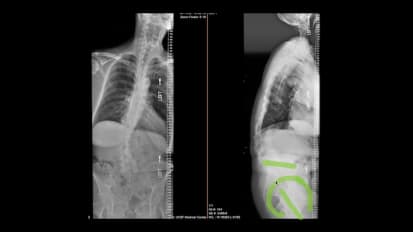 Video
Video
Approach to the Older Patient with Spinal Disorders: Diagnosis
Shane Burch, MD, MS, FRCSC, presents case examples of older patients with spinal disorders and focuses on approaches that are integral at arriving at an accurate diagnosis: patient history, physical examination and imaging, including X-ray, CT and MRI. Video
Video
Approach to the Older Patient with Spinal Disorders: Surgery
Shane Burch, MD, MS, FRCSC, discusses surgical approaches for patients with spinal disorders including the various options to achieve decompression and realignment, stabilizing the patient and obtaining a fusion. The rationales behind these choices are also discussed. Video
Video
Minimally Invasive TLIF; Techniques and Outcomes
Aaron J. Clark, MD, PhD, describes the minimally invasive approaches of transforaminal lumbar interbody fusion (TLIF) and its advantages over open TLIF surgery including the benefits for the obese and elderly, fewer complications and less pain. Video
Video
Cervical and Thoracolumbar Spinal Deformity Treatment Strategies, Part I: Historic Review
Lee A. Tan, MD, provides a review of past and current treatment strategies for spinal deformities, including breakthroughs such as Intraoperative neurophysiological monitoring. Video
Video
Cervical and Thoracolumbar Spinal Deformity Treatment Strategies, Part II: Radiographic Parameters
Dr. Lee Tan reviews cervical deformity radiographic parameters, including cervical lordosis, C2-7 sagittal vertical axis, chin-brow vertical angle, T1 slope, thoracic inlet angle and neck tilt.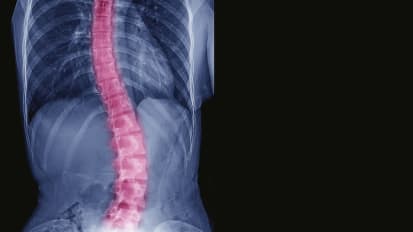 Video
Video
Cervical and Thoracolumbar Spinal Deformity Treatment Strategies, Part III: Case Examples
Lee Tan, MD discusses three recent cervical spine and thoracolumbar spinal deformity cases and the surgical interventions used to treat these diverse conditions. Video
Video
Awake Spinal Surgery Case Study
Praveen Mummaneni, MD, presents a lumbar spondylolisthesis case study and discusses the short- and long-term surgical outcomes for minimally invasive and open transforaminal lumbar interbody fusions.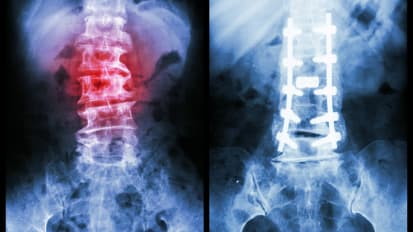 Video
Video
Awake Spinal Surgery Treatment Options
Praveen Mummaneni, MD, provides an overview of lumbar spondylolisthesis, the advantages and disadvantages of fusion and non-fusion treatment, and outcome data for specific populations, including female, elderly and obese patients.

